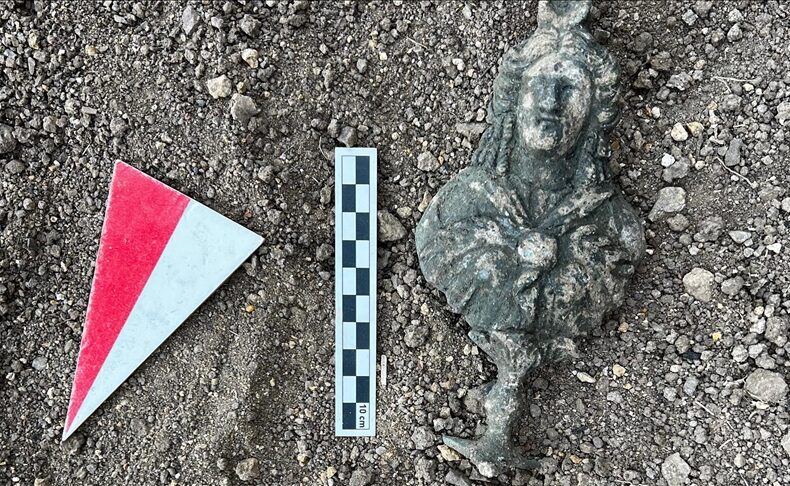
Bronze Bust of Egyptian Goddess Isis Discovered at Satala, a Roman Military Fortress in Northern Türkiye
A 20-centimeter bronze bust of Isis found in the Roman city of Satala reveals the presence of Egyptian religious traditions among legionaries stationed in the Anatolian highlands.
Archaeologists working at Satala, a major Roman military center in Kelkit, Gümüşhane Province, have unearthed a finely crafted bronze bust of the Egyptian goddess Isis. The rare discovery sheds new light on the religious diversity of Roman soldiers serving on the Empire’s eastern frontier.
The artifact was found during excavations in the necropolis area of the site, which served as a stronghold for Legio XV Apollinaris—the Fifteenth Legion—throughout the Imperial period. The find was announced by Dr. Elif Yavuz Çakmur, head of the excavation and lecturer at Karadeniz Technical University’s Department of Archaeology.
“The bronze bust of Isis was found detached from its base,” Dr. Çakmur explained. “This discovery is significant because it demonstrates the presence of Eastern cults, such as that of Isis, within a Roman legionary environment already shaped by Mithraic and classical pantheons.”
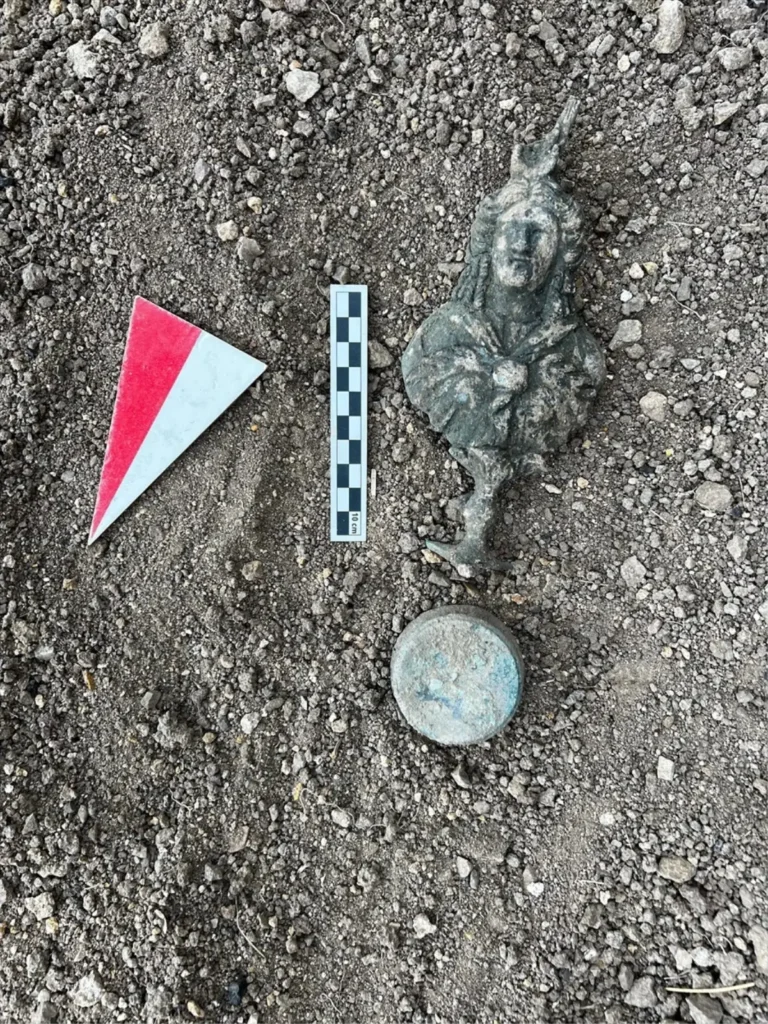
A Glimpse into the Spiritual Life of the Legions
The discovery is considered one of Satala’s most remarkable artistic finds since the Aphrodite bust unearthed in the 1870s. It underscores how Roman soldiers stationed far from the Mediterranean heartland often adopted local and foreign deities alongside traditional Roman gods.
In the cosmopolitan world of the Roman army, the cults of Mithras, Sabazios, Isis, and Serapis were embraced by troops across Anatolia, Syria, and the Balkans—reflecting both personal devotion and cultural exchange along imperial frontiers.
📣 Our WhatsApp channel is now LIVE! Stay up-to-date with the latest news and updates, just click here to follow us on WhatsApp and never miss a thing!!
Iconography and Craftsmanship
The bust, measuring approximately 20 centimeters in height, rests on a three-legged stand emerging from a triple-leafed calyx—a design associated with fertility and divine renewal. On the left side of her head, the goddess bears two preserved corn ears, ancient symbols of abundance and prosperity. Isis wears a tasseled shawl knotted at the front, a hallmark of her iconography in Hellenistic and Roman art.
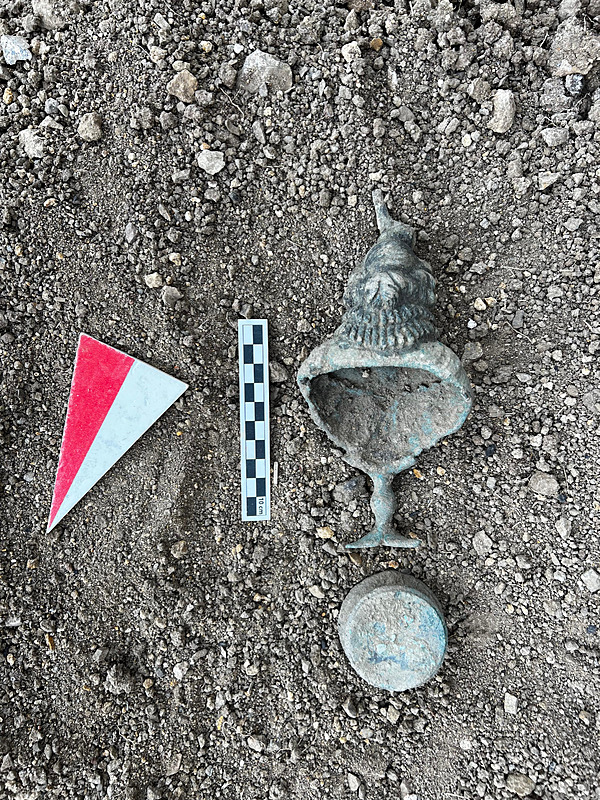
Conservation and cleaning of the bronze surface are currently underway. Once restored, the artifact will be displayed at the Gümüşhane City Museum, accompanied by a full analytical study to determine its chronology and workshop origin.
Satala: A Crossroads of Faiths and Empires
Ancient Satala—strategically located between Cappadocia and Armenia—served as one of the Empire’s northernmost military bases, guarding the routes linking the Euphrates frontier with the Black Sea interior. The presence of an Egyptian goddess here offers compelling evidence of religious mobility and syncretism among soldiers stationed at the Empire’s periphery.
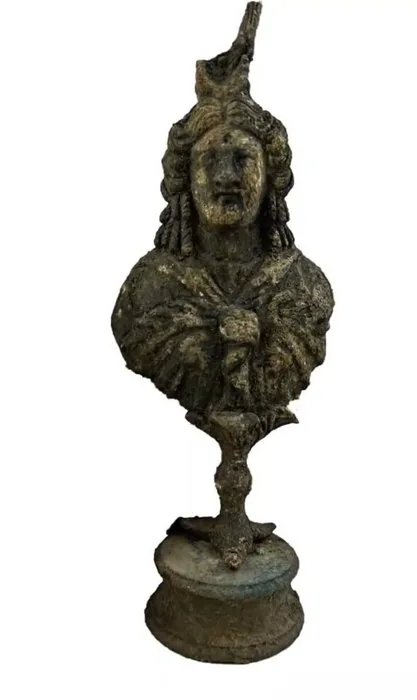
By uniting the imagery of an Egyptian deity with a Roman context in the mountains of northeastern Anatolia, the Isis bust bridges worlds—reminding us that ancient faiths, much like empires, transcended borders.
You may also like
- A 1700-year-old statue of Pan unearthed during the excavations at Polyeuktos in İstanbul
- The granary was found in the ancient city of Sebaste, founded by the first Roman emperor Augustus
- Donalar Kale Kapı Rock Tomb or Donalar Rock Tomb
- Theater emerges as works continue in ancient city of Perinthos
- Urartian King Argishti’s bronze shield revealed the name of an unknown country
- The religious center of Lycia, the ancient city of Letoon
- Who were the Luwians?
- A new study brings a fresh perspective on the Anatolian origin of the Indo-European languages
- Perhaps the oldest thermal treatment center in the world, which has been in continuous use for 2000 years -Basilica Therma Roman Bath or King’s Daughter-
- The largest synagogue of the ancient world, located in the ancient city of Sardis, is being restored

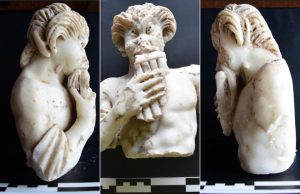
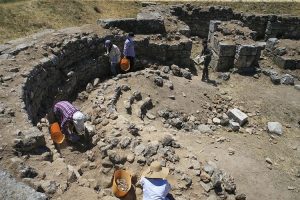
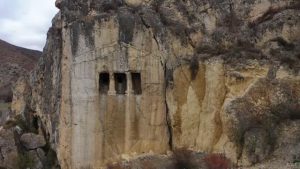
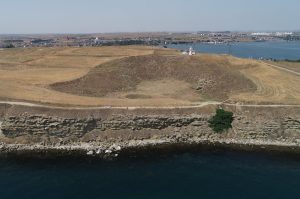
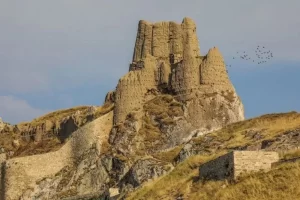
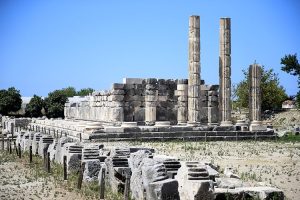


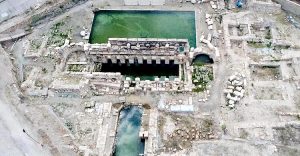
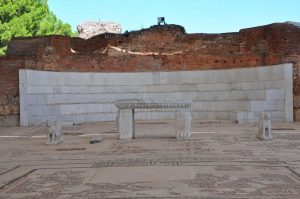
Leave a Reply